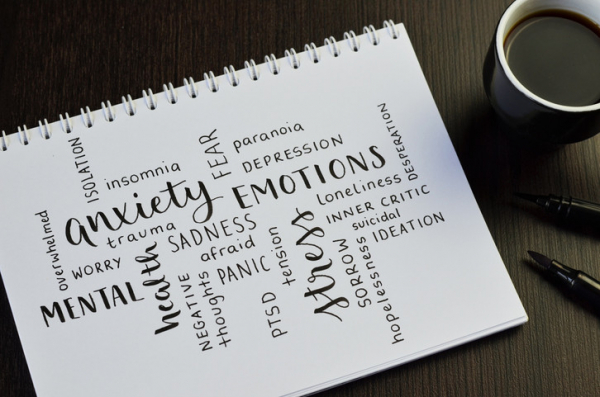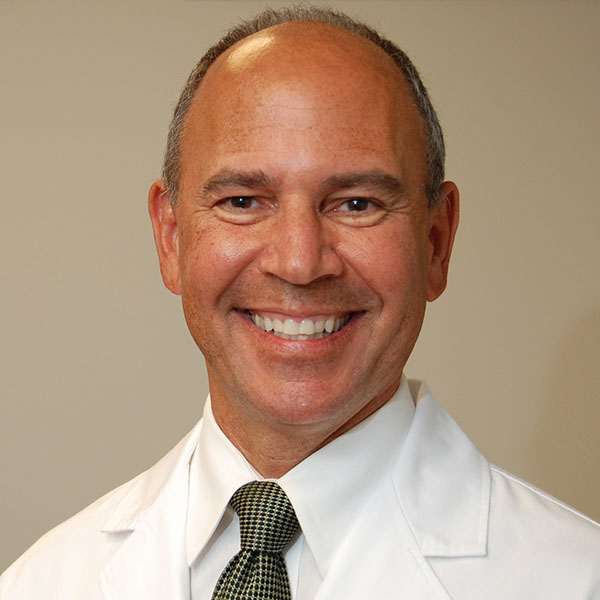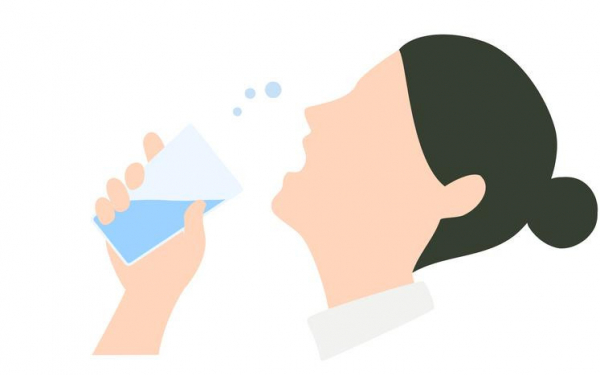
PTSD: How is treatment changing?

Over the course of a lifetime, as many as seven in 10 adults in the United States will directly experience or witness harrowing events. These include gun violence, car accidents, and other personal trauma; natural or human-made disasters, such as Hurricane Katrina and the 9/11 terrorist attacks; and military combat. And some — though not all — will experience post-traumatic stress disorder, or PTSD.
New guidelines released in 2024 can help guide effective treatment.
What is PTSD?
PTSD is a potentially debilitating mental health condition. It’s marked by recurrent, frightening episodes during which a person relives a traumatic event.
After a disturbing event, it’s normal to have upsetting memories, feel on edge, and have trouble sleeping. For most people, these symptoms fade over time. But when certain symptoms persist for more than a month, a person may be experiencing PTSD.
These symptoms include
- recurring nightmares or intrusive thoughts about the event
- feeling emotionally numb and disconnected
- withdrawing from people and certain situations
- being jumpy and on guard.
The National Center for PTSD offers a brief self-screening test online, which can help you decide whether to seek more information and help.
Who is more likely to experience PTSD?
Not everyone who experiences violence, disasters, and other upsetting events goes on to develop PTSD. However, military personnel exposed to combat in a war zone are especially vulnerable. About 11% to 20% of veterans who served in Iraq or Afghanistan have PTSD, according to the National Center for PTSD.
What about people who were not in the military? Within the general population, estimates suggest PTSD occurs in 4% of men and 8% of women — a difference at least partly related to the fact that women are more likely to experience sexual assault.
What are the new guidelines for PTSD treatment?
Experts from the U.S. Department of Veterans Affairs and Department of Defense collaborated on new guidelines for treating PTSD. They detailed the evidence both for and against specific therapies for PTSD.
Their findings apply to civilian and military personnel alike, says Dr. Sofia Matta, a psychiatrist at Harvard-affiliated Massachusetts General Hospital and senior director of medical services at Home Base, a nonprofit organization that provides care for veterans, service members, and their families.
The circle of care is widely drawn for good reason. “It’s important to recognize that PTSD doesn’t just affect the person who is suffering but also their families and sometimes, their entire community,” Dr. Matta says. The rise in mass shootings in public places and the aftermath of these events are a grim reminder of this reality, she adds.
Which treatment approaches are most effective for PTSD?
The new guidelines looked at psychotherapy, medications, nondrug therapies. Psychotherapy, sometimes paired with certain medicines, emerged as the most effective approach.
The experts also recommended not taking certain drugs due to lack of evidence or possible harm.
Which psychotherapies are recommended for PTSD?
The recommended treatment for PTSD, psychotherapy, is more effective than medication. It also has fewer adverse side effects and people prefer it, according to the guidelines.
Which type of psychotherapy can help? Importantly, the most effective therapies for people with PTSD differ from those for people with other mental health issues, says Dr. Matta.
Both cognitive processing therapy and prolonged exposure therapy were effective. These two therapies teach people how to evaluate and reframe the upsetting thoughts stemming from the traumatic experience. The guidelines also recommend mindfulness-based stress reduction, an eight-week program that includes meditation, body scanning, and simple yoga stretches.
Which medications are recommended for PTSD?
Some people with severe symptoms need medication to feel well enough to participate in therapy. “People with PTSD often don’t sleep well due to insomnia and nightmares, and the resulting fatigue makes it hard to pay attention and concentrate,” says Dr. Matta.
Three medicines commonly prescribed for depression and anxiety — paroxetine (Paxil), sertraline (Zoloft), and venlafaxine (Effexor) — are recommended. Prazosin (Minipress) may help people with nightmares, but the evidence is weak.
Which medications are not recommended for PTSD?
The guidelines strongly recommended not taking benzodiazepines (anti-anxiety drugs often taken for sleep). Benzodiazepines such as alprazolam (Xanax) and clonazepam (Klonopin) offer no proven benefits for people with PTSD. They have several potential harms, including negative cognitive changes and decreased effectiveness of PTSD psychotherapies.
What about cannabis, psychedelics, and brain stimulation therapies?
Right now, evidence doesn’t support the idea that cannabis helps ease PTSD symptoms. And there are possible serious side effects from the drug, such as cannabis hyperemesis syndrome (severe vomiting related to long-term cannabis use).
There isn’t enough evidence to recommend for or against psychedelic-assisted therapies such as psilocybin (magic mushrooms) and MDMA (ecstasy). “Because these potential therapies are illegal under federal law, the barriers for conducting research on them are very high,” says Dr. Matta. However, recent legislative reforms may make such studies more feasible.
Likewise, the evidence is mixed for a wide range of other nondrug therapies, such as brain stimulation therapies like repetitive transcranial magnetic stimulation or transcranial direct current stimulation.
About the Author

Julie Corliss, Executive Editor, Harvard Heart Letter
Julie Corliss is the executive editor of the Harvard Heart Letter. Before working at Harvard, she was a medical writer and editor at HealthNews, a consumer newsletter affiliated with The New England Journal of Medicine. She … See Full Bio View all posts by Julie Corliss
About the Reviewer

Howard E. LeWine, MD, Chief Medical Editor, Harvard Health Publishing; Editorial Advisory Board Member, Harvard Health Publishing
Dr. Howard LeWine is a practicing internist at Brigham and Women’s Hospital in Boston, Chief Medical Editor at Harvard Health Publishing, and editor in chief of Harvard Men’s Health Watch. See Full Bio View all posts by Howard E. LeWine, MD

Ever hear of tonsil stones?

Recently, a friend asked me about tonsil stones. He has sore throats several times a year, which are instantly relieved by gargling to remove them. When I told him I thought tonsil stones were pretty rare, he asked: “Are you sure about that? My ear, nose, and throat doctor says they’re common as rocks.” (Get it? stones? rocks?)
It turns out, my friend and his doctor are on to something. Tonsil stones are surprisingly common and often quite annoying. Here’s what to know and do.
What are tonsil stones?
Tonsil stones (medical term: tonsilloliths) are small white or yellow deposits on the tonsils. They develop when bacteria, saliva, food particles, and debris from cells lining the mouth get trapped in tiny indentations called crypts.
They vary considerably between people, including:
- Size. They may be so small that you can’t see them with the naked eye. Or they may grow to the size of gravel or, rarely, much larger.
- Consistency. They’re often soft but may calcify, becoming hard as a rock. Hence, the name.
- How long they last. Tonsil stones can last days to weeks, or may persist far longer before they break up and fall out.
- How often they occur. New tonsilloliths may appear several times each month or just once or twice a year.
While they’re more likely to form if you have poor oral hygiene, good oral hygiene doesn’t provide complete protection. Even those who brush, floss, and see their dentists regularly can develop tonsil stones.
How common are tonsil stones?
You’ve heard of kidney stones and gallstones, right? Clearly, those conditions are better known than tonsil stones. Yet tonsil stones are far more common: studies suggest that up to 40% of the population have them. Fortunately, unlike kidney stones and gallstones, tonsil stones are usually harmless.
What are the symptoms of tonsil stones?
Often people have no symptoms. In fact, if tonsil stones are small enough, you may not even know you have them. When tonsil stones do cause symptoms, the most common ones are:
- sore throat, or an irritation that feels as though something is stuck in the throat
- bad breath
- cough
- discomfort with swallowing
- throat infections.
Who gets tonsil stones?
Anyone who has tonsils can get them. However, some people are more likely than others to form tonsil stones, including those who
- have tonsils with lots of indentations and irregular surfaces rather than a smooth surface
- smoke
- drink lots of sugary beverages
- have poor oral hygiene
- have a family history of tonsil stones.
How are tonsil stones treated?
That depends on whether you have symptoms and how severe the symptoms are.
- If you have no symptoms, tonsil stones may require no treatment.
- If you do have symptoms, gargling with salt water or removing tonsil stones with a cotton swab or a water flosser usually helps. Avoid trying to remove them with sharp, firm objects like a toothpick or a pen, as that can damage your throat or tonsils.
- If your tonsils are inflamed, swollen, or infected, your doctor may prescribe antibiotics or anti-inflammatory medications.
Is surgery ever necessary?
Occasionally, surgery may be warranted. It’s generally reserved for people with severe symptoms or frequent infections who don’t improve with the measures mentioned above.
Surgical options are:
- tonsillectomy, which is removing the tonsils
- cryptolysis, which uses laser, electrical current, or radio waves to smooth the deep indentations in tonsils that allow stones to form.
Can tonsil stones be prevented?
Yes, there are ways to reduce the risk that tonsil stones will recur. Experts recommend the following:
- Brush your teeth and tongue regularly (at least twice a day: in the morning and before sleep).
- Floss regularly.
- Gargle with salt water after eating.
- Eliminate foods and drinks that contain a lot of sugar, which feeds bacteria that can help stones form.
- Don’t smoke, because smoking irritates and inflames tonsils, which can encourage stone formation. The same may apply to vaping, though there is limited research to rely upon.
The bottom line
Considering how common tonsil stones are and how bothersome they can be, it seems strange that they aren’t more well known. Maybe that’s because they often get better on their own, or people figure out how to deal with them without needing medical attention.
I hope you aren’t one of the many millions of people bothered by tonsil stones. But if you are, it’s good to know that they’re generally harmless and can be readily treated and prevented.
Now that you know more about them, feel free to spread the word: tonsil stones should be a secret no more.
About the Author

Robert H. Shmerling, MD, Senior Faculty Editor, Harvard Health Publishing; Editorial Advisory Board Member, Harvard Health Publishing
Dr. Robert H. Shmerling is the former clinical chief of the division of rheumatology at Beth Israel Deaconess Medical Center (BIDMC), and is a current member of the corresponding faculty in medicine at Harvard Medical School. … See Full Bio View all posts by Robert H. Shmerling, MD